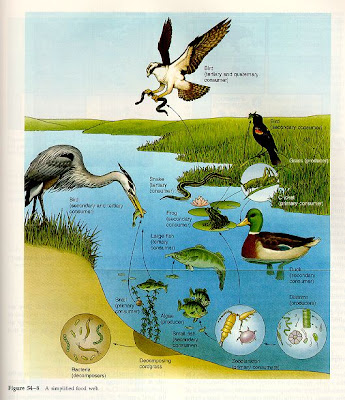Symbiosis is a relationship between one organism and another. There are 4 kinds of symbiosis. First of all, there is symbiosis mutualism in which both organisms get benefit from each other. Second, there is symbiosis commensalism, in which one organism is benefited and the other organisms is neither benefited nor disadvantaged. Another symbiosis is parasitism in which one organism is benefited and the other organism is disadvantaged. Last but not least, predator/prey is a relationship between organisms in which stronger organism eat weaker organism to fulfill its need of energy.
An example of symbiosis mutualism is butterfly and flower. The butterfly gets to have the flower nectar, and the flower has the butterfly helps its pollination. In this case, both organisms are benefited.
An example for symbiosis commensalism is shark and remora fish. Remora fish lives attached to a shark or other big fish and survive by eating the leftovers of the bigger fish. The shark is neither benefited nor disadvantaged, but the remora fish is definitely benefited.
An example for parasitism will be denque mosquito and human. Denque mosquito lives by eating human or other animals blood, and not only that those mosquitos are often bringing sickness along with them. The infected human or other organisms, besides losing their blood, they have a chance of getting sick as well.
Last but not least, an example for predator/prey relationship will be lion attacking wildebeest. Wildebeest survived by eating plants as a herbivore, but lion is not a herbivore like wildebeest. The only way for a lion to survived is by eating other organisms to get their energy.




